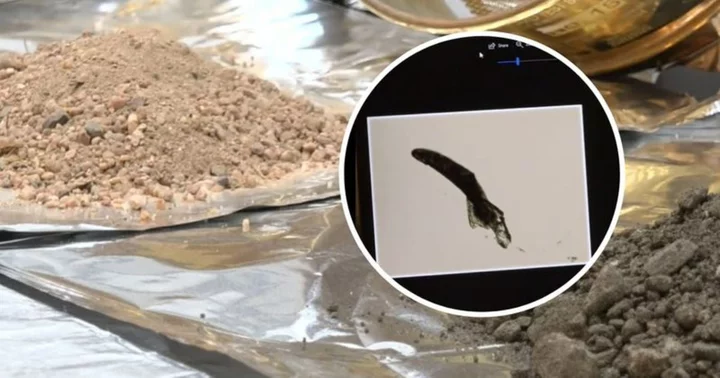PHOENIX, ARIZONA: Researchers at Arizona State University are making unexpected discoveries in the soil around the Phoenix metro area.
In addition to finding desert creatures and the fungus that causes Valley fever, they are now increasingly discovering microplastics.
Upon analyzing soil samples collected from the same locations in 2005 and 2015, the researchers have reported finding up to three times the number of microplastics, per 12 News.
What is Valley fever?
Valley fever, also known as coccidioidomycosis or "cocci," is an illness triggered by a fungus that thrives in the soil and dirt in certain regions of California and the southwestern United States.
The disease can affect both humans and animals who inhale dust containing the Valley fever fungus. Typically, this fungus infects the lungs, leading to respiratory symptoms such as coughing, fever, chest pain, and fatigue.
Valley fever cases
The incidence of Valley fever in California has seen a significant surge in recent years. Remarkably, the number of Valley fever cases tripled from 2014 to 2018, and between 7,000 and 9,000 cases were reported annually from 2018 to 2022.
The majority of Valley fever cases in California are reported from the Central Valley and Central Coast regions.
However, the prevalence of Valley fever is also increasing in areas outside these regions as California grapples with increasing drought conditions.
The northern Central Valley and southern coastal areas of California have notably seen a rise in Valley fever cases, per CDPH.
What did Arizona researchers say?
Microplastics are typically defined as pieces of plastic that are smaller than 5mm in dimension.
Kanchana Chandrakanthan, a fourth-year doctoral candidate at ASU’s School for Molecular Sciences, is part of the research team that analyzed soil samples from various locations in the Valley, including urban areas, preserves, and nearby deserts.
Chandrakanthan highlighted that the team discovered a significant amount of fibers, which are elongated pieces of microplastics, in many of the samples.
The recently published findings revealed some unexpected results, according to Chandrakanthan.
"We think that is a very significant finding in terms of what it tells us in terms of like the overall plastic production from where this microplastics come from, like the degradation and things like that," Chandrakanthan stated.
"Even the relatively remote areas, like some of the national preserves, some areas did still see some high concentrations of these microplastics," the source added.
The researchers were able to identify microplastic pieces as small as one-tenth the thickness of a human hair, but they suspected the presence of even smaller microplastics that were not visible to them.
While the issue of microplastics in oceans has garnered considerable attention, ASU Professor Pierre Herckes emphasized the importance of land-based research.
"It shows the impact that humans have on the environment," Herckes mentioned.
"Because, I mean, plastics, they are purely made by us and so we really impact everywhere, and then they have effects both on the environment and potentially also on humans," he said.
Herckes expressed his hope that the public will understand from these findings the importance of not only reducing plastic usage but also ensuring proper disposal of used plastics.
"If we use them, we should make sure that we don't mismanage our waste. So don't throw things wherever, don't litter, even relatively small pieces," Herckes added, per 12 News.

